The discovery of an aperiodic monotile, first reported on March 20, is a truly newsworthy event in the world of mathematics. Spurred by the hunch of Joseph Samuel Myers, a team of three researchers was able to prove that they had discovered the holy grail of tiling patterns: A tessellation composed of just a single tile that contained no translational symmetry—the hallmark of an aperiodic tiling.
I could devote this post to the details of the discovery, but there are already very good layman summaries available elsewhere (I particularly like the write-ups in the New York Times and Quanta magazine, this Mathematical Enchantments blog post, and this video from the Museum of Math that features several of the proof’s authors.) Instead, I’d like to share the role of social media in promoting the discovery and making it fun and relatable to people other than math nerds. There is plenty wrong with sites like Twitter, but on occasions like this, they have the power to share the joy of mathematics.
If you’ve seen a picture of the tile that’s caused all the fanfare, you might wonder why it was dubbed “the hat.” Robert Fathauer, author of a great book about tessellations, offered this picture with the tile represented as both hats and shirts:
By contrast, Twitter user @songkeys adopted a less polished by equally effective approach to highlight the tile’s resemblance to a shirt:
Yoshiaki Araki realized that the artistic possibilities extended beyond a mere shirt and hat, so in a matter of days, he created a web app that allows you to decorate the tile in any way you like and then share your artistry online. Here are some attractive possibilities:
You might not want to decorate the tile, but simply appreciate the pattern that is formed when tiling with it. Twitter user @Ayliean offered a wallpaper that is perfect for your phone:
You can tile your guest bathroom to impress your mathematical friends, but a less costly approach is to order a custom shower curtain instead:
For those of you who are origami fans, why not fold each tile from a single square without any cuts? Origami artist Ben Goldberger devised a folding technique and used it to create this paper tiling:
Of course, folding the tiles one by one would be laborious. It’s easier to just order a set of 42 foam tiles from Robert Fathauer or print stackable Lego blocks in the shape of the tiles. And if virtual tiles are more to your liking, you can play with a web-based set of tiles made with Polypad (And no, I have not built a Web Sketchpad version of the tiles.)
Are you tired of traditional round dinner plates? Impress your guests with this set of dishes that forms an aperiodic montotile.
If you want to skip straight to dessert, how about an aperiodic cookie cutter?
You really should exercise after eating those cookies, so how about kicking around an aperiodic sphere?
The aperiodic monotile is known as an einstein, after the German phrase ein stein, meaning “one stone” or “one tile.” But who can read einstein without thinking of the great man himself? So John May provided this picture of Einstein wearing “the hat.” Ridiculous, yes, but just one more example of how we can promote mathematics in ways that mix the serious with a little fun.
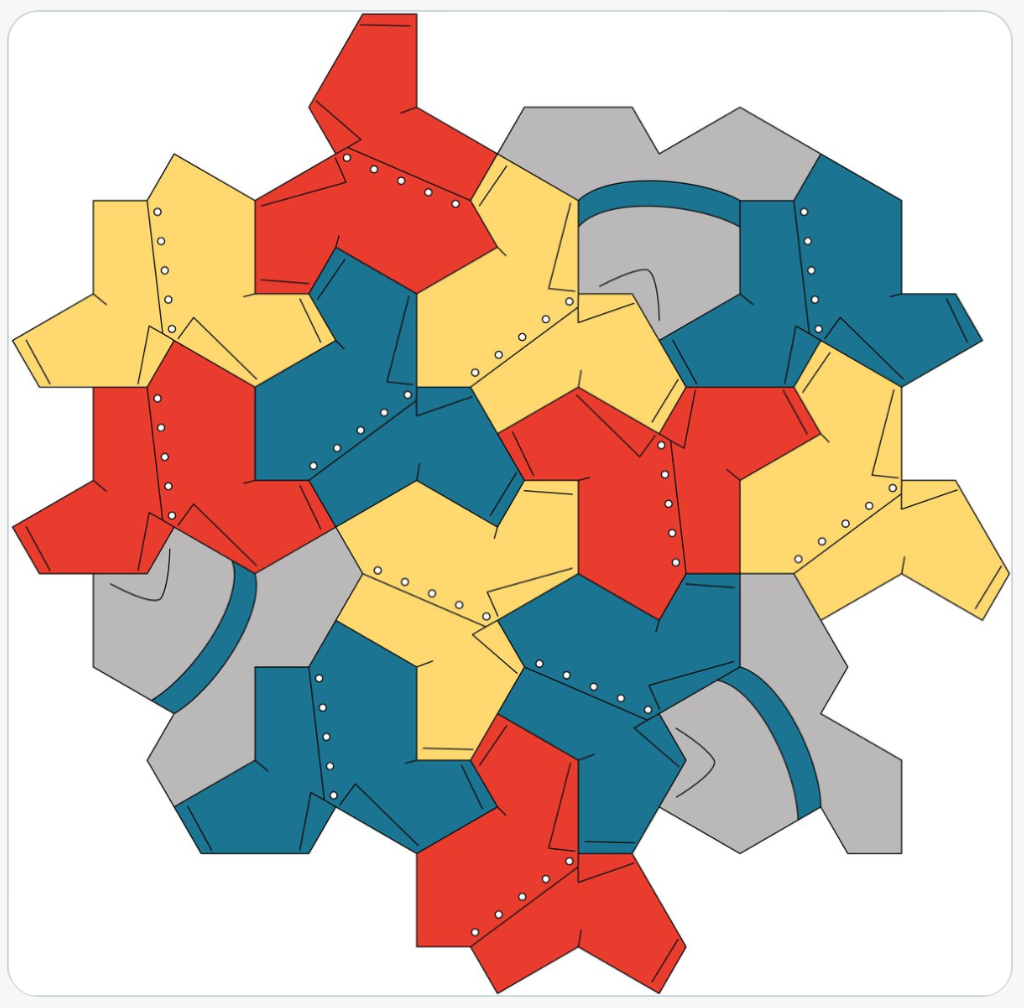
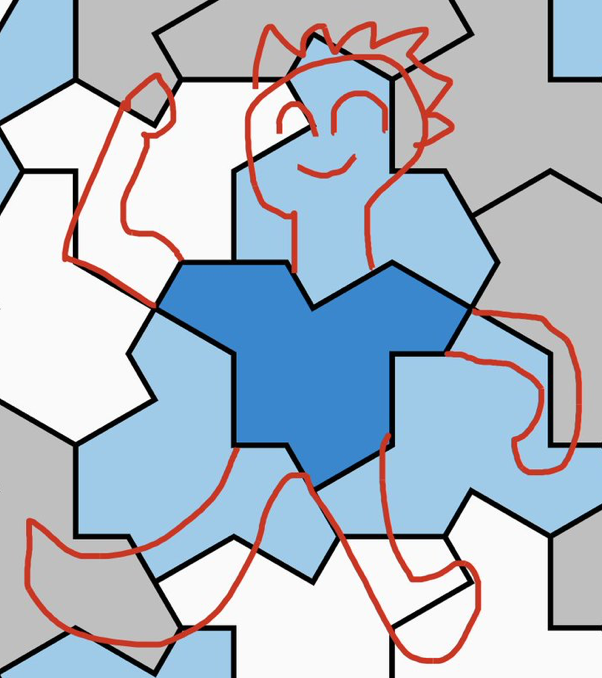

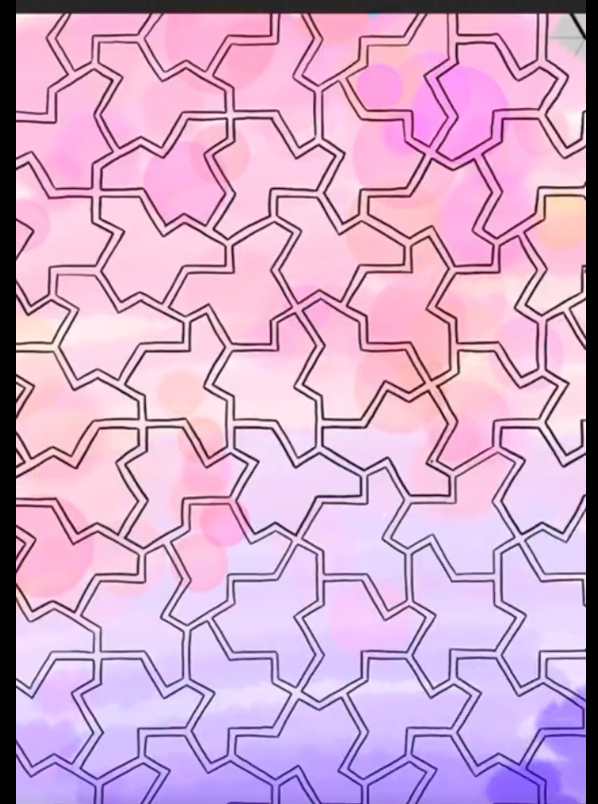
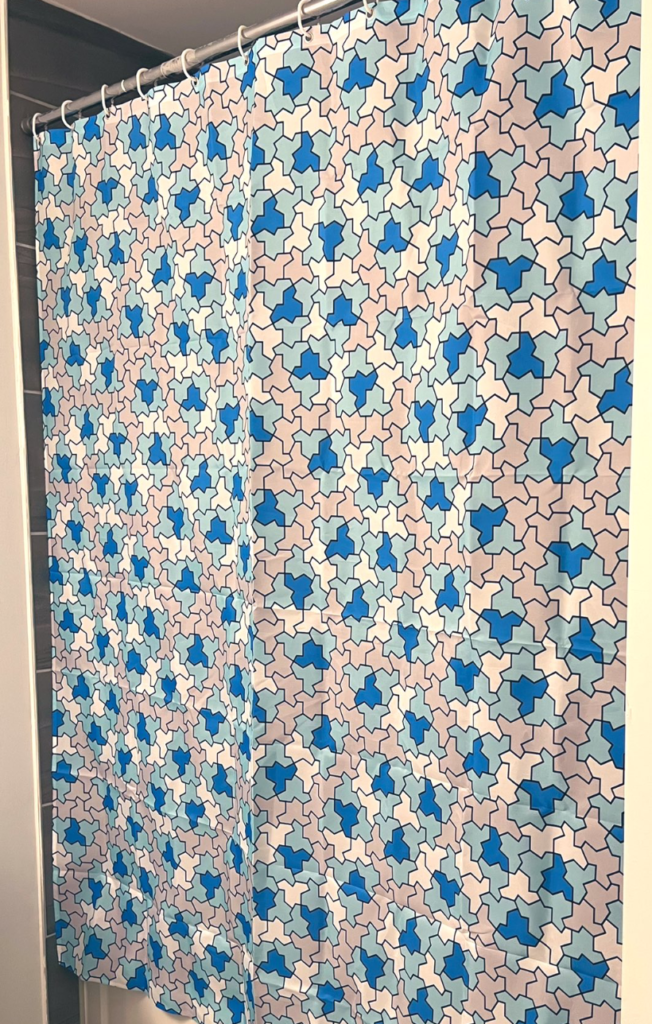
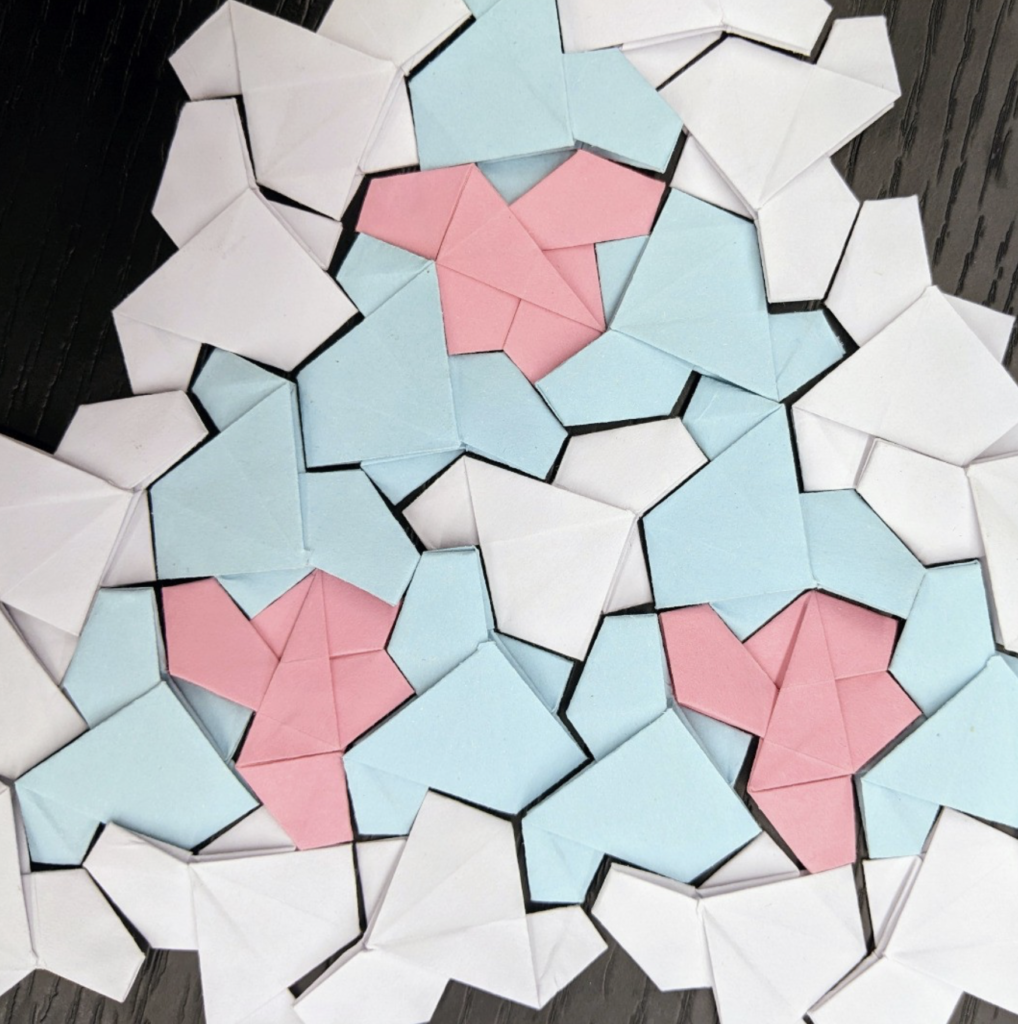

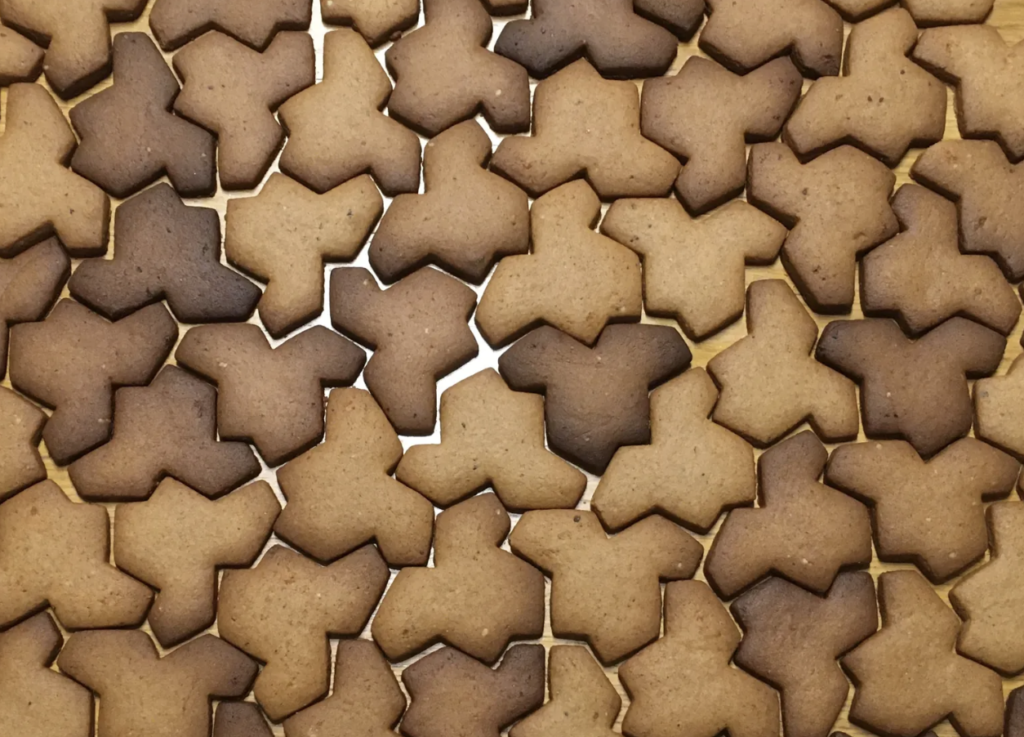
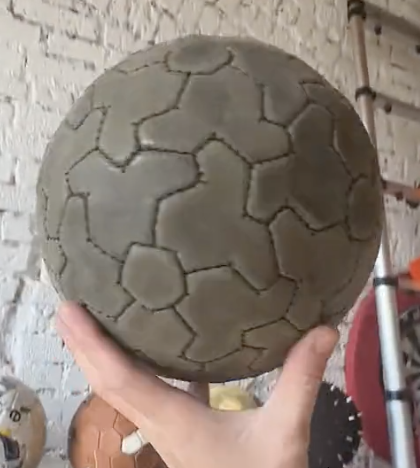
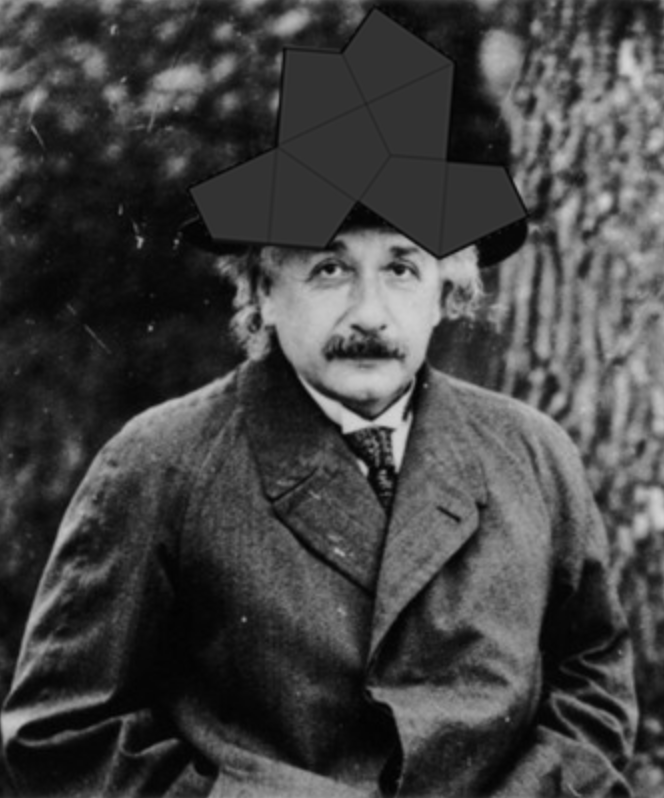
This is fun and interesting thanks Daniel.
Awesome Daniel!
I enjoyed reading about this discover a couple weeks ago also, thanks for taking it to the next level here. 🙂